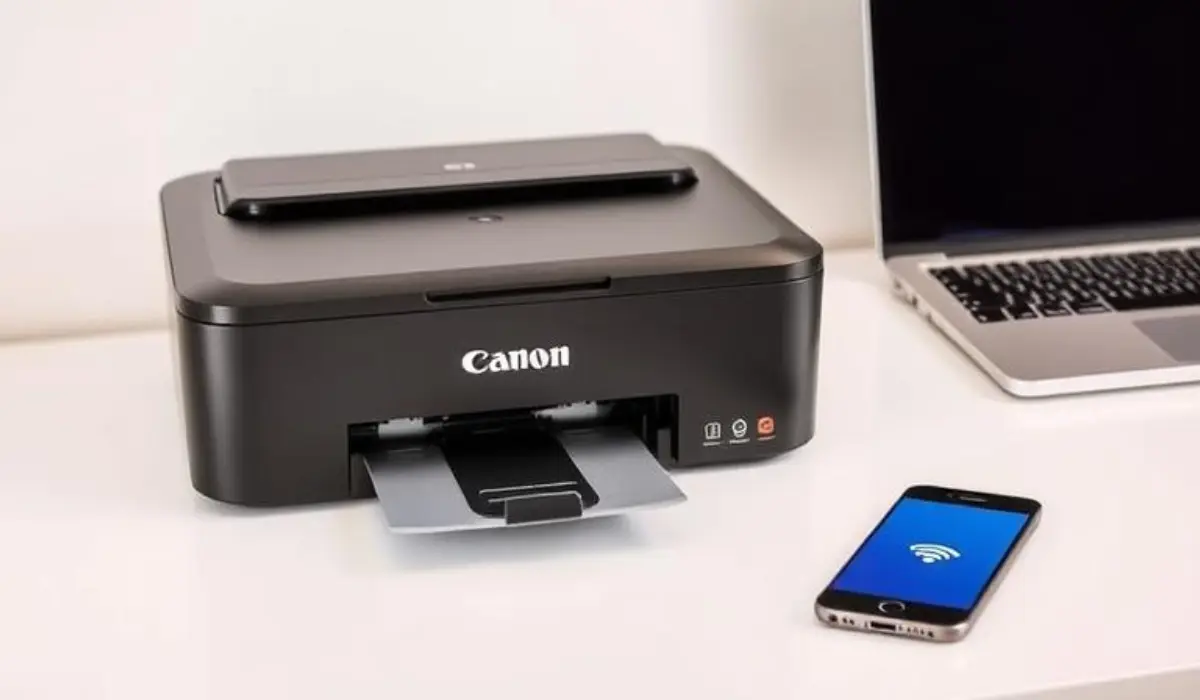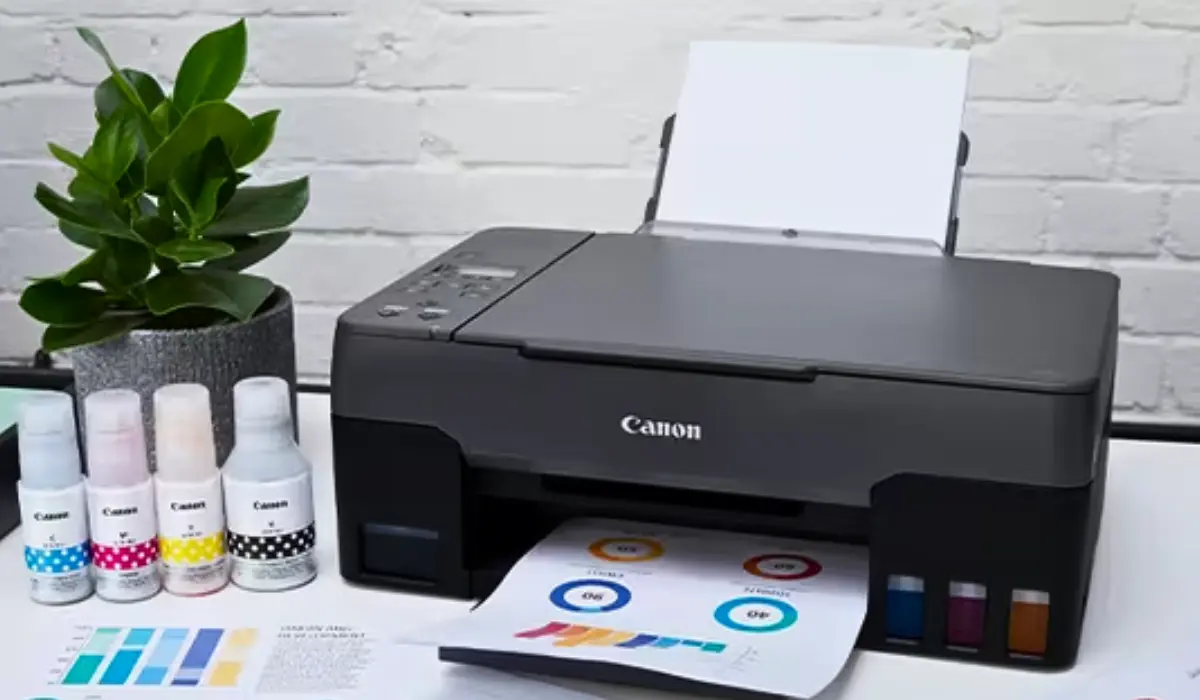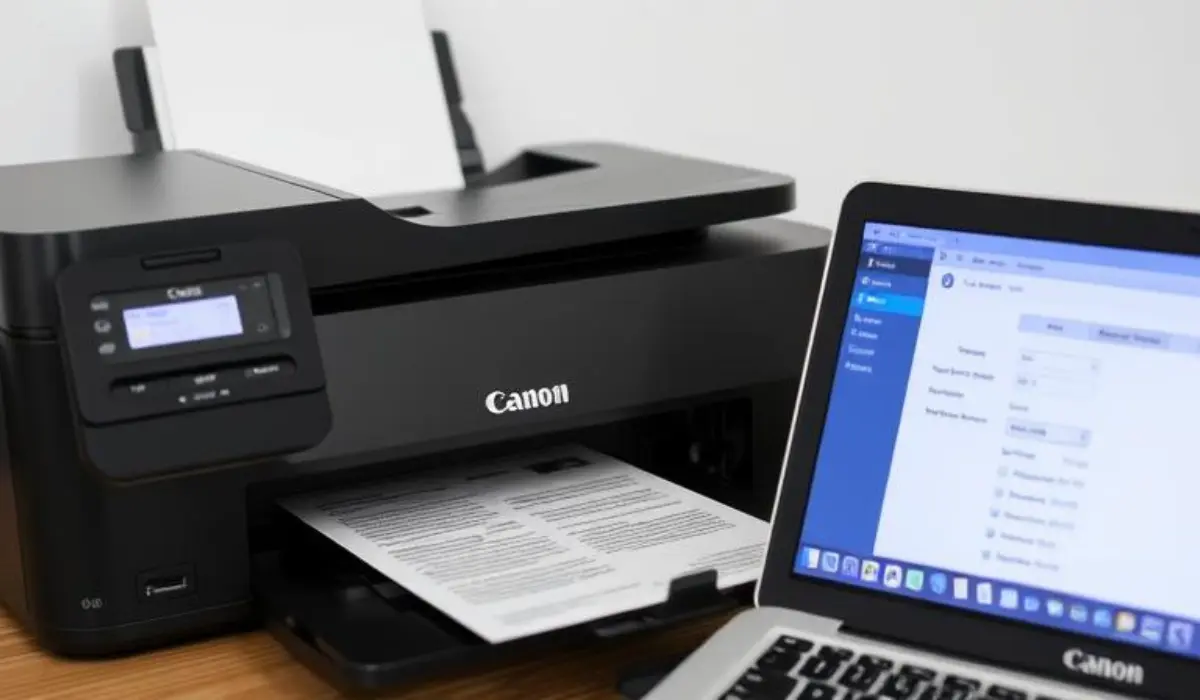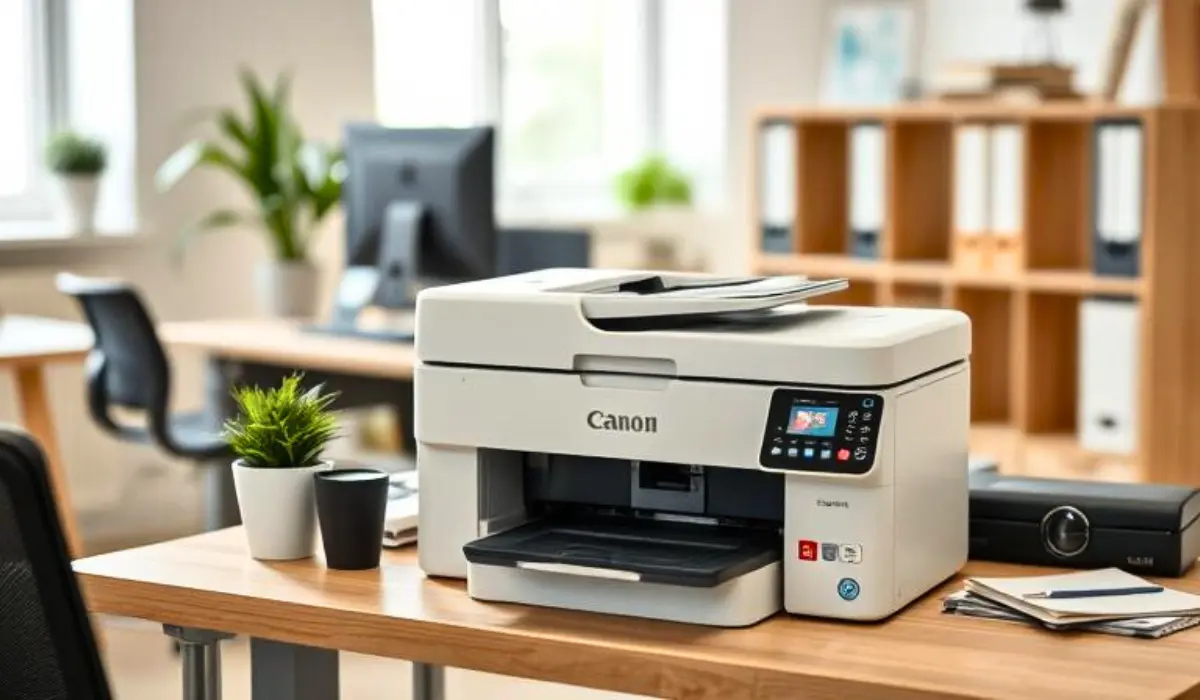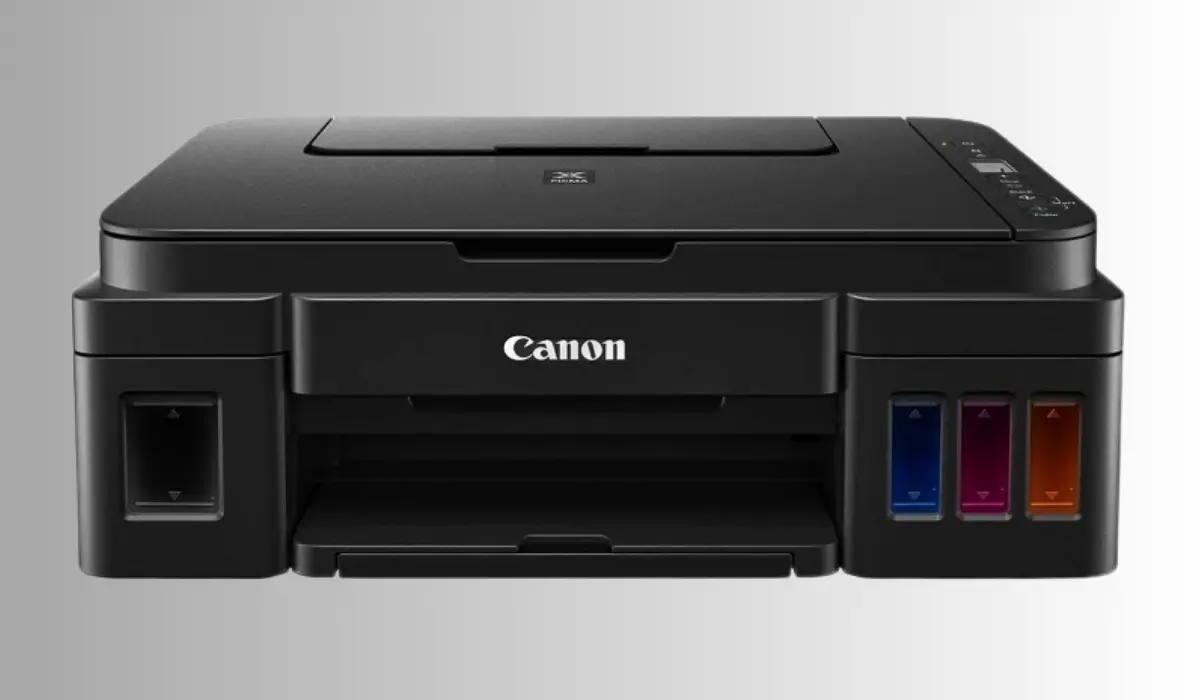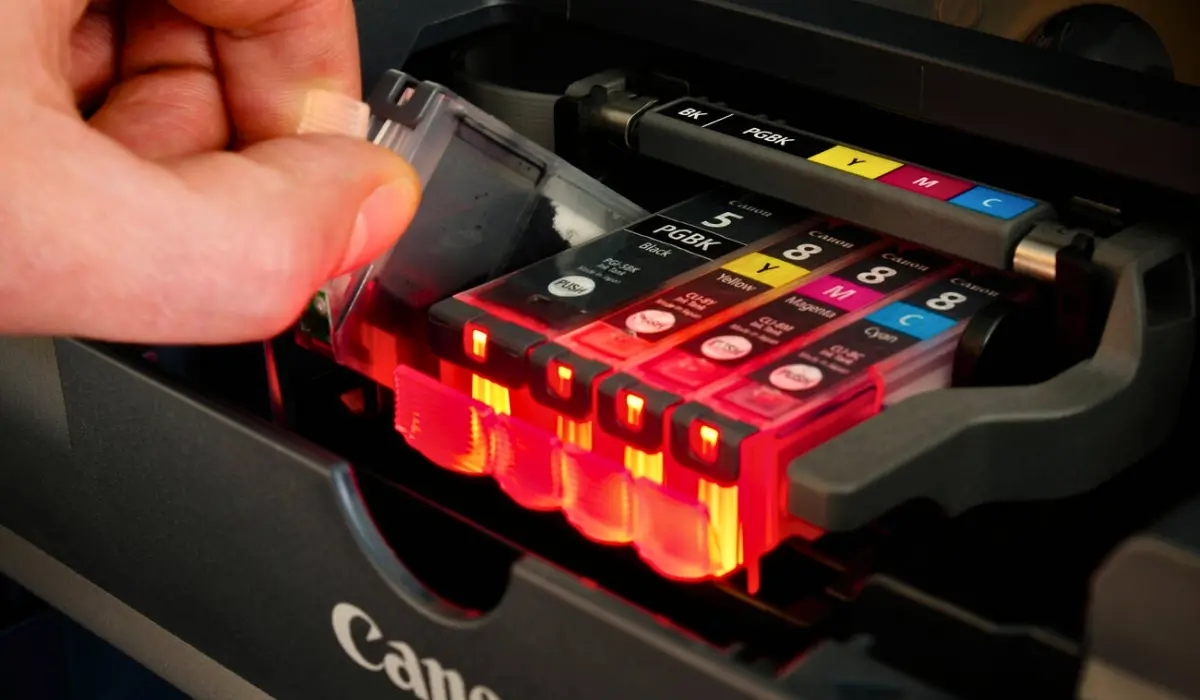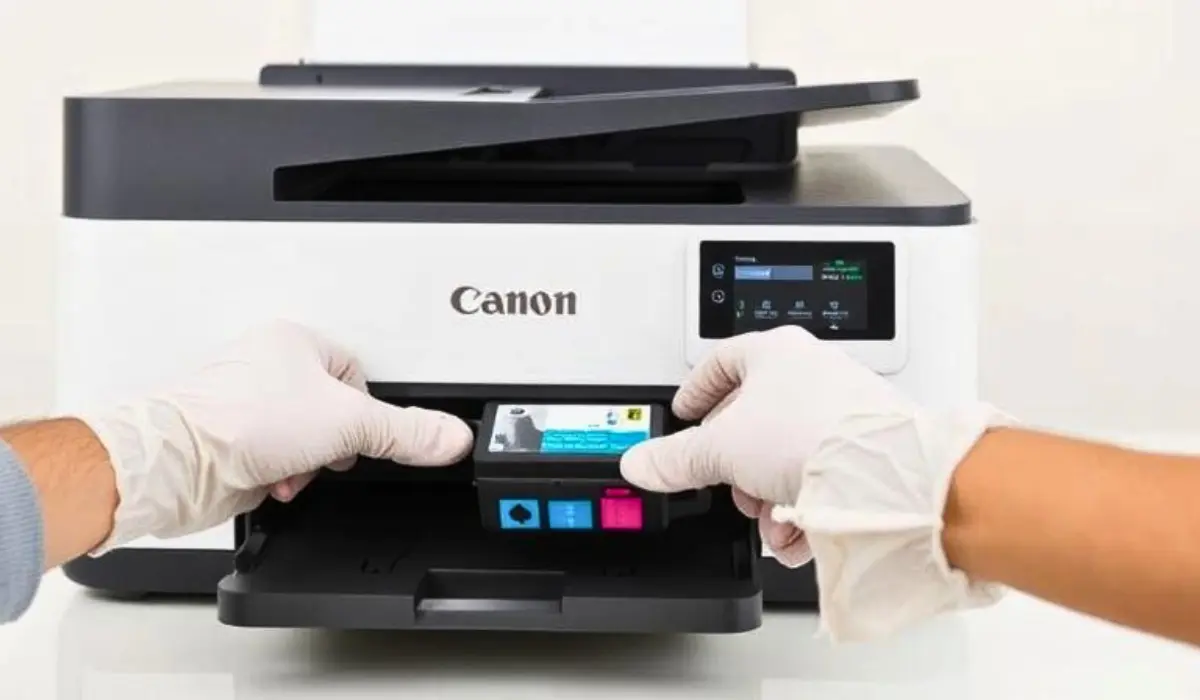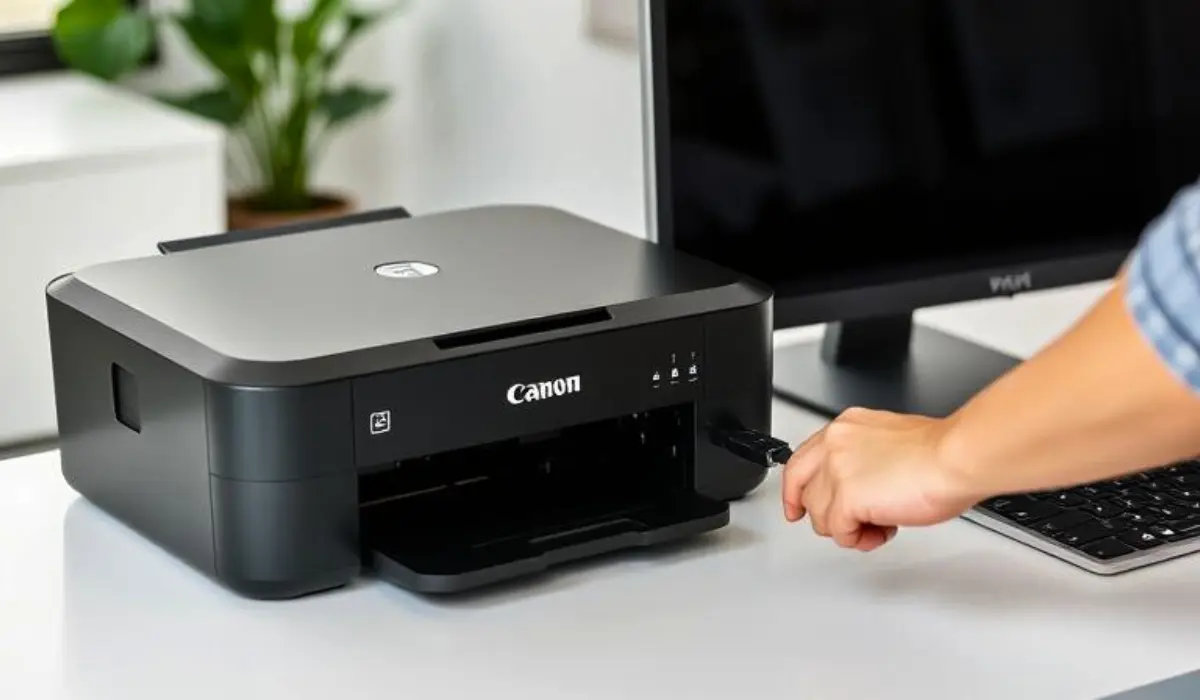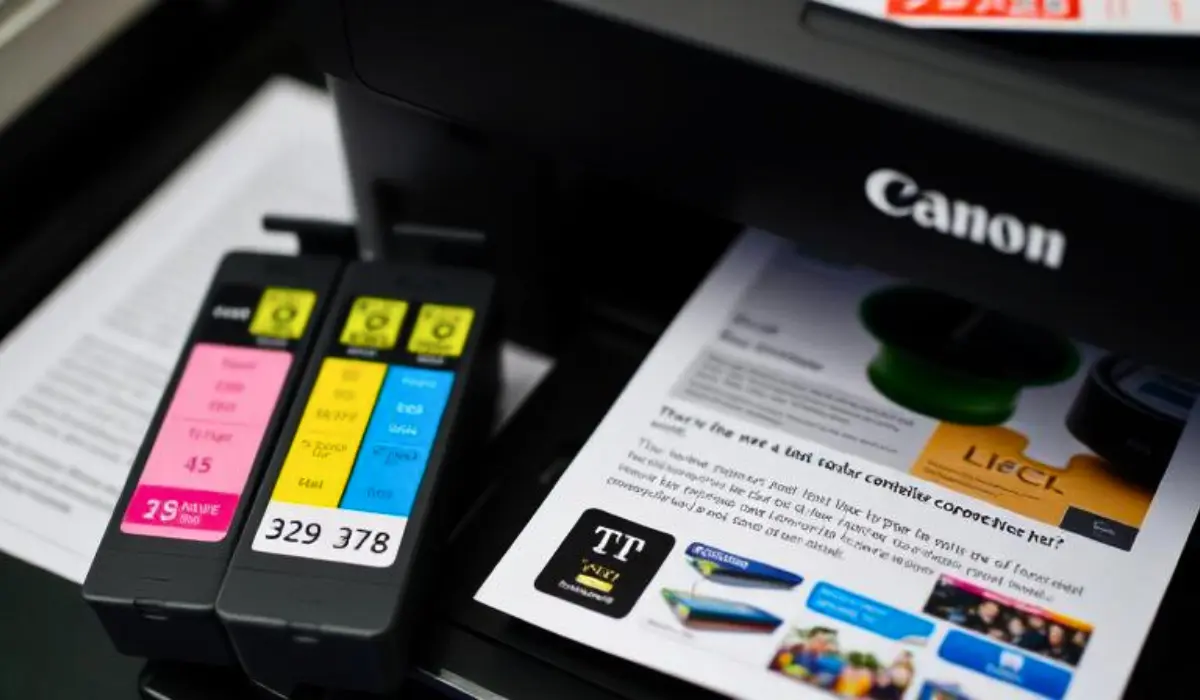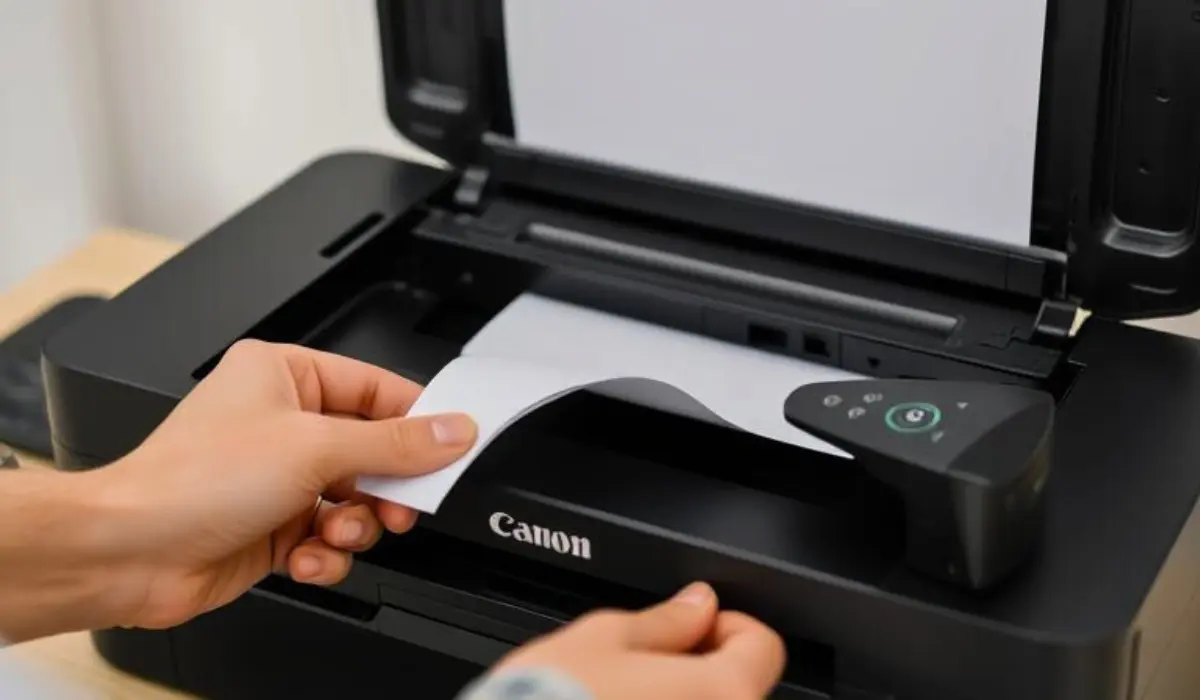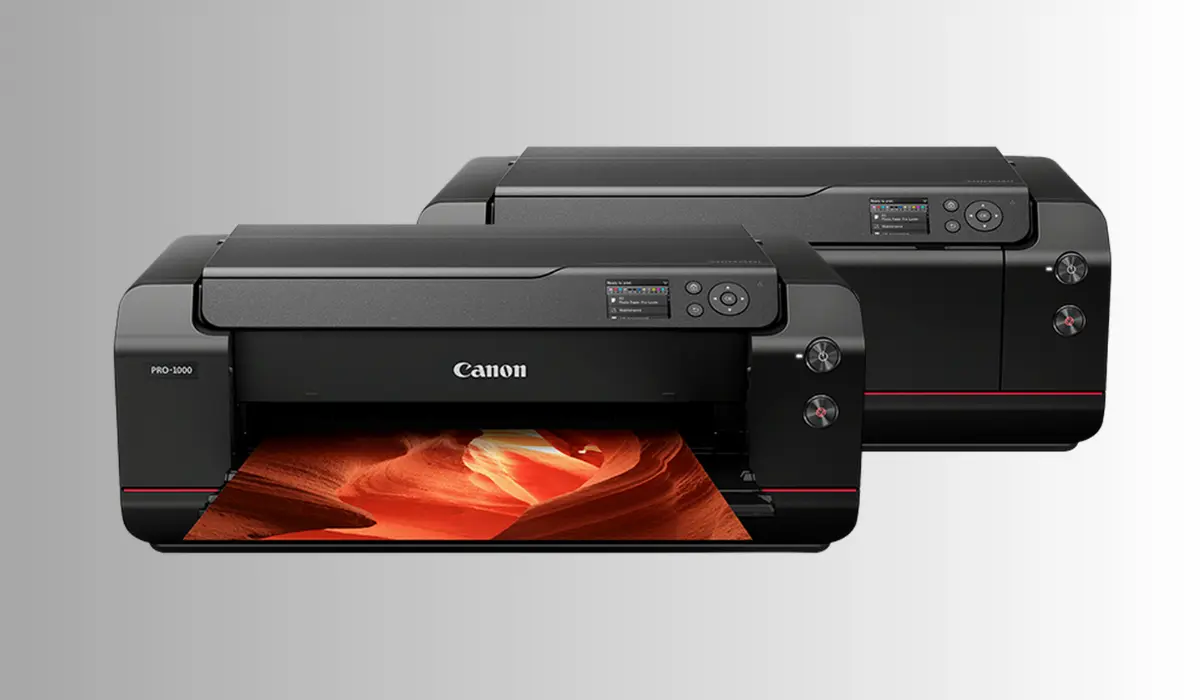What Canon Printers Can Be Used for Sublimation?
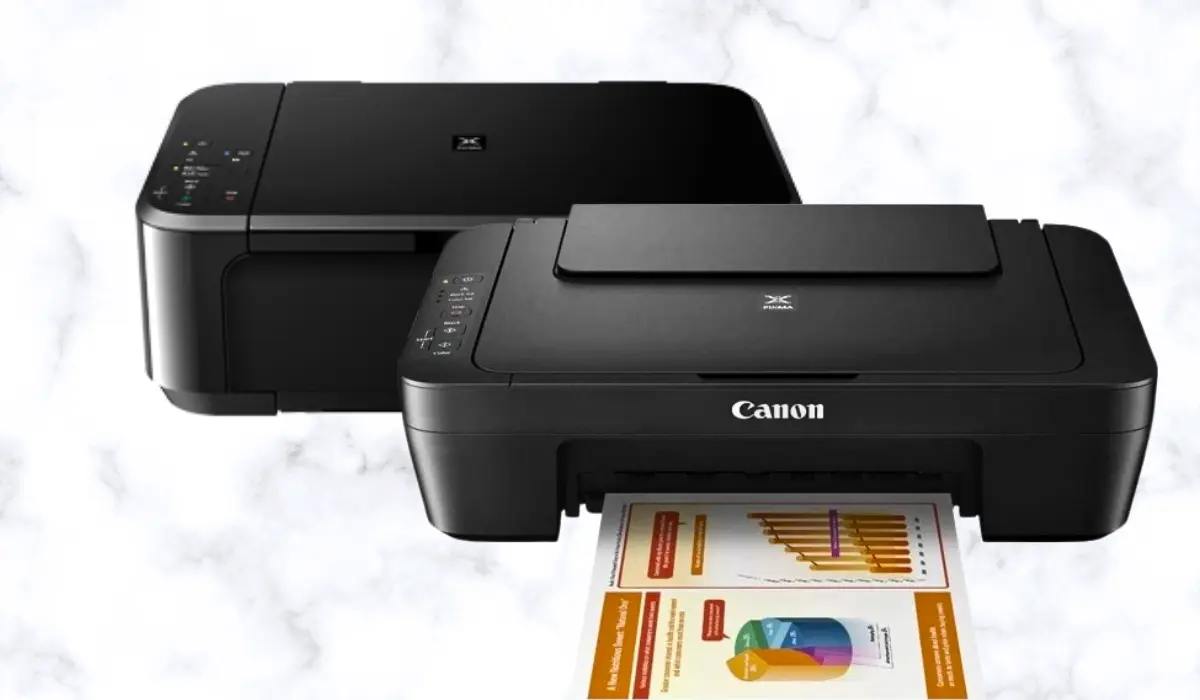
Sublimation printing is a great way to create bright, lasting images on a variety of fabrics, mugs, and coated surfaces. It is popular with crafters and small businesses with custom print projects. Many people ask what Canon printers can be used for sublimation. Canon offers several inkjet printer models with great printing capabilities.
However, not all printers can accommodate sublimation ink, because most of the time, Canon printer designs are specific to standard dye or pigment-based printing. Nevertheless, with some additional knowledge and one or two minor modifications, even some Canon printers can be substituted for sublimation printing projects. In this article, several Canon printers that can be used for sublimation are discussed, along with the modifications and setup to accommodate sublimation printing projects, as well as considerations before attempting a creative print project with Canon printers.
Understanding Sublimation Printing Technology
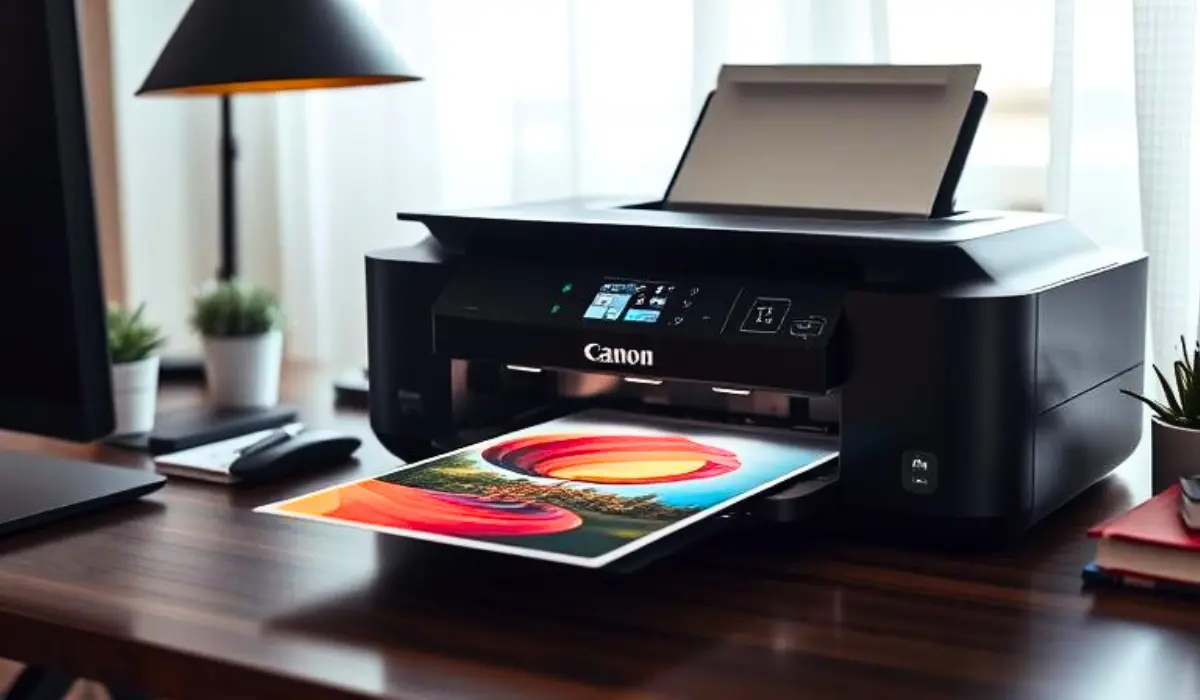
Sublimation printing involves a method that converts solid dye into a gas without changing into a liquid state. Then, the gaseous dye penetrates the substrate or material surface, usually with a polymer or polyester coating. This creates a permanent and high-resolution print that will not peel, fade, or crack at any point in the future. Unlike standard inkjet printing, sublimation transfers designs as if they are “built into” the material itself. It is perfect for custom T-shirts, mugs, keychains, promotional items, and more.
Why Canon Printers Aren’t Traditionally Made for Sublimation
Canon printers are typically designed to use water-based dye or pigment inks in their systems. These inks are made specifically for paper, photo prints, and office documents, but not for sublimation transfer. Sublimation inks need a very specific heating process to activate the color and bond with the material. Canon’s ink systems are made to be used for dye transfer, and using sublimation ink in a regular Canon printer could damage an internal printhead, voiding any warranty. If a user has some laptop and ink experience insight, then some Canon printers can be retrofitted by the customer via third-party kits or conversion systems.
Canon Printers That Can Be Modified for Sublimation
Although Canon doesn’t directly produce sublimation printers, specific models can be adapted or utilized with non-Canon sublimation inks and sublimation papers. The following Canon printers are those built by other users for sublimation.
- Canon PIXMA G Series (G1220, G3260, G6020)
These Canon MegaTank printers do use refillable ink tanks, making these models adaptable for sublimation ink replacement. Users can flush original ink and refill the ink tank with sublimation ink from a trusted and reputable brand. These printers have a low fee to operate and maintain, which is useful for those starting out in sublimation.
- Canon PIXMA TS Series (TS6420, TS9520)
Some people convert these photo printers to sublimation printers based on their ability to print great color and their capability of printing in high resolution and photo quality. These models require some setup to use sublimation ink. Users must ensure they have removed ALL of the original ink before adding sublimation ink, or they can contaminate the colors you are trying to use.
- Canon SELPHY Series
While the SELPHY line of printers is designed for printing photographs, some Canon SELPHY printers utilize dye-sublimation technology. These printers work with Canon’s proprietary sublimation cartridges to print photos onto special sublimation paper. Although they work with dye sublimation, these printers are not designed for use with sublimation for prints on fabric or mugs, as they are limited to printing photographs.
Steps to Convert a Canon Printer for Sublimation
If you’re determined to try sublimation with a Canon printer, follow these general steps carefully:
- Choose a refillable Canon printer model, such as one from the PIXMA G series.
- Clean or flush the ink system to remove all traces of standard ink.
- Fill the ink tanks with sublimation ink from a reputable supplier.
- Install sublimation-compatible paper designed for your printer.
- Use sublimation printing software to manage colors and heat settings.
- Transfer the print using a heat press onto your desired material.
This process allows Canon printers to function similarly to dedicated sublimation models, though the results may vary based on setup quality and materials used.
Advantages of Using Canon Printers for Sublimation
Affordable Initial Investment – Upgrading your Canon printer to be a sublimation printer typically costs less than buying a new sublimation printer.
Refillable Ink System – Printer models with ink tanks typically reduce waste and make it easier to manage ink-based items.
High Print Quality Resolution – Canon printers are noted for producing sharp color reproduction and detail, allowing for high-quality sublimation designs.
Flexibility for Home Users – Such as crafters, hobbyists, and small business owners who want to try creating customized products, etc.
Limitations and Considerations
While some Canon printers can be modified to perform sublimation, they are not manufactured for commercial or industrial use. You might face issues like clogged print heads, inconsistent colors, or compatibility issues with substrate. Make sure to put your setup to the test before getting into commercial printing. If you use any third-party inks or modified inks to perform sublimation, you void your manufacturer’s warranty. As always, if you choose this path, understand what you are doing and what the risks are.
Alternatives to Canon Printers for Sublimation
If you want to go with a printer right out of the box that is designed for sublimation, consider a printer from Epson, Sawgrass, or Ricoh. Most of these printers come pre-configured to work with sublimation ink, and they have the support of the vendors providing tools for maintenance and color management, and they consistently offer repeatable results while reducing manual adjustment or troubleshooting issues.
Final Thoughts
Knowing what Canon printers can be used for sublimation helps creative professionals and individuals to make informed decisions about what they will need for their project. Canon does not produce sublimation printers, but certain models, such as the PIXMA G Series, can be converted to use sublimation ink with the proper setup and ink.
Therefore, these printers are a more flexible and cheaper option for the user who wants to explore sublimation printers without purchasing sublimation equipment. However, one must follow the proper procedure and test results before printing on a large scale. With some preparation, the Canon printers can do a great job printing your sublimation projects, whether they are personal or professional projects.

